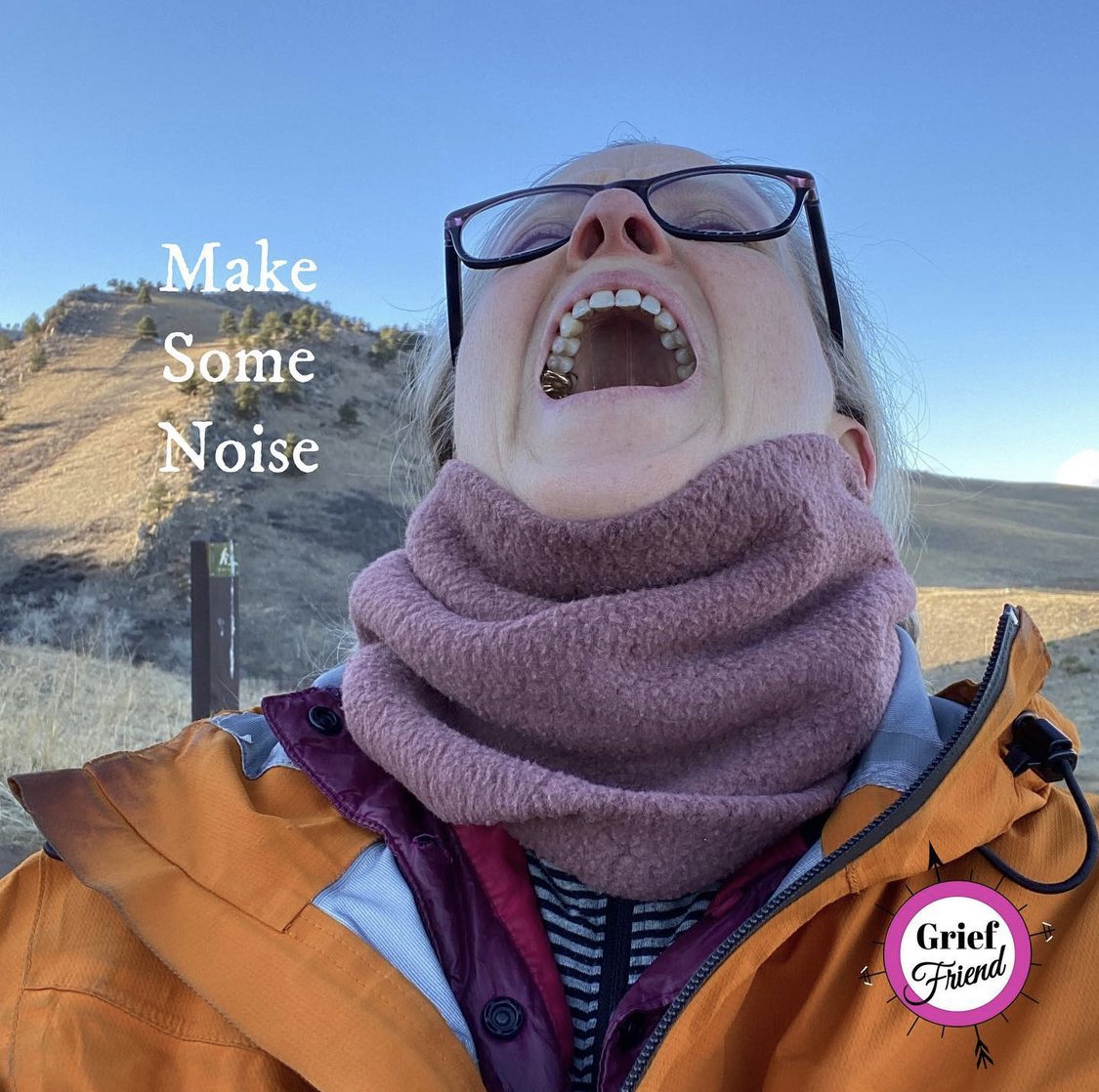How to Move Anger and Rage
Hello dear ones,
Rage is appropriate today…
I feel it in my throat, and have the need to both cry and scream.
I started writing this on the day Roe vs. Wade was overturned.
I feel my grief just thinking about the impact this decision will have on so many.
Now you know where I stand on this issue-I’m for sovereignty of one’s uterus and body when it comes to reproductive and health rights.
I also know that many people are rejoicing today. And if you’re one of them, before you unsubscribe from me, I ask you to simply stay so that we can continue to listen and learn from one another. I have so much grief around how our world is so divided these days.
And if you still decide to leave, that’s fine and it’s your decision to do so. Many blessings to you.
But no matter what side you’re on, there’s still much grief to process in the wider world right now. No one is immune from grief.
…
I have uncanny timing these days because I planned to write about anger and rage a few weeks ago.
And with everything going on in the world I go between feeling slightly numb to being incredibly angry. I want to either check out or take action.
…
Anger happens to all of us because we’re human.
Anger happens especially when we’re in deep grief. It’s an entire “stage.”
I don’t believe in stages of grief because that implies it’s linear and a finish line follows, as if you’ll be done with grief some day. The pain of grief lessens with time and sometimes not. For me it’s a process of integration and moving with it when it shows up.
I prefer to use the word “phenomena” to describe the many emotions that grief brings. See this blog post for more on that: https://betherlander.com/2015/08/14/the-mess-of-grief/
…
Anger comes when our boundaries have been crossed. Losing someone or something precious is a huge boundary violation, right?
Anger has come up a lot recently with my clients. So we’ve been talking about how to move it.
My friend and somatic therapy mentor, Annie Brook taught me this: anger needs to move through the five end points.
What are the five end points?
In sessions I ask my clients to guess first—what do you feel like doing when you’re really angry?
Most of us feel like doing stupid things like punching or kicking things. I kicked a hole in the wall once, and then had to learn how to do drywall repair. That’s when I finally realized I had an anger issue and needed better ways to deal with it.
Annie taught me that anger is potent energy and needs to move through the five end points-the arms, legs, and the throat.
I’m grateful I can move all these endpoints because some people cannot, like my partner Michael who’s paralyzed from the chest down.
So, if you can, move them all. And if you can’t, move what you can and imagine moving the rest.
Try these:
- Punch the air, or pillows.
- Put on loud angry music and dance madly,
- Stretch your arms out and shake your hands.
- Go for a quick walk, sprint or run as fast as you can.
- Scream, grunt and yell all kinds of words including expletives to activate the throat.
- (Using cuss words has been found to help reduce stress, so release that F word!)
- Cars are great places to yell. Or go sit by a raging river and let your voice be free.
Speaking of raging rivers…why do we call it a “raging” river? Because it’s fast and out of control-and it’s only going in one direction really fast?
Reminds me of anger because when it’s too big for us, it becomes rage.
…
In my research on holy rage, I found a blog written by Cynthia Winton-Henry called Initiated by Holy Rage, Despair and Sacred Hope-Divining a New Conscience. And she says it so well I include many direct quotes from her.
“Rage does not have permission to run straight through my body. That doesn’t work for me. Instead, I see rage as river that runs alongside my body, a collective river that I can touch or stand in as long as I’m in fidelity to sacred hope. When I do this, it’s where courage comes from. I transform rage when I dignify it.”
“Rage is too big for one’s body. We need the body of “we” to be with it.”
We need to move the five end points in community!
“To dance with rage and despair requires an embodied sense of “we.” My family body is my body. My country is my body. Rage and despair are group body symptoms that alert us to the fact that our group is headed toward disaster.”
Cynthia was helped by Ruth King’s book, Healing Rage: Women Transforming Rage into Inner Peace. She writes, “As a black woman, rage made her ill until she transformed it. Part of her strategy is to know the difference between anger and rage. Anger is situational. Rage is collective.”
Anger is situational. Rage is collective.
I love that—we can move anger alone with our bodies, but rage needs the collective body to move it.
She goes on to say: “Rage flows from patterns of built up anger and feeds a torrent of energy resulting from repeating impacts of war, rape, enslavement, inequity, genocide, injustice. Anger and Rage intersect. The key is to differentiate them. I must not only express anger, but I must also touch these patterns of injustice in order to transform rage.”
“Rage stays submerged until a body feels adequate collective support. When there are positive rage movements like Me Too and Black Lives Matter more people come out as enraged. I believe it is because we have physical safety and support to do so.”
When rage rises up it’s too much for one single body to handle, so we must move it with others. We must move it with our many combined endpoints.
Anyone else enraged and want to join me by the river to release our grief, anger and rage?
Reach out and let me know.
We must keep moving with this river of grief.
These are still grief filled times…and more and more I’m seeing that we need to build inner spiritual strength to withstand what’s happening. So let’s keep grieving well so we may be well…
Beth, your friend in grief.

